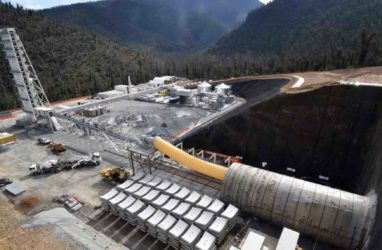Alinta Energy's imminent development application for a 550 MW wind project in Western Australia's wheatbelt underscores a significant shift in renewable energy initiatives, particularly as the region experiences a surge in wind energy projects. This move is not merely about expanding energy capacity; it also highlights the critical intersection of environmental stewardship and technological advancement. The challenge lies in balancing the urgent need for renewable energy with the protection of local wildlife, specifically the endangered Carnaby black cockatoos, which are at risk of collision with wind turbines. By opting to upsize their turbines, Alinta aims to mitigate these risks, demonstrating a proactive approach to integrating ecological considerations into energy infrastructure development.
The strategic decision to increase turbine size reflects a broader trend in the renewable energy sector, where companies are increasingly prioritizing environmental impact alongside energy production. This approach not only addresses regulatory and ecological concerns but also positions Alinta as a leader in sustainable energy practices. The implications are profound: as the industry evolves, the integration of wildlife protection measures will likely become a standard requirement, influencing future project designs and operational protocols. By setting a precedent, Alinta's initiative could inspire other energy developers to adopt similar strategies, fostering a more harmonious relationship between renewable energy expansion and biodiversity conservation.






